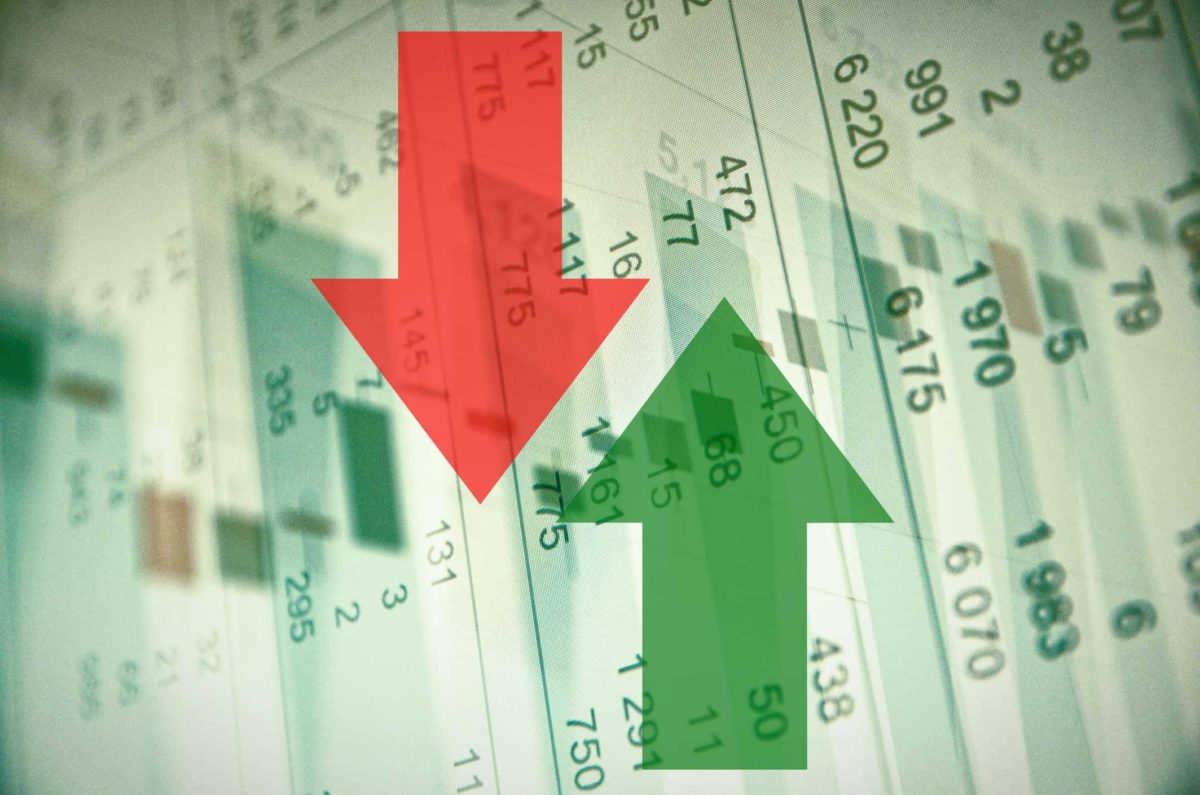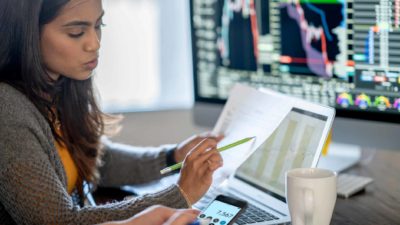Key points
- The ASX 200 Index floated between gain and loss multiple times today
- Despite a reduction in volatility, investors are having a hard time deciding on whether or not now is the time to buy
- Uncertainty around interest rates could be playing a role
The S&P/ASX 200 Index (ASX: XJO) had a rollercoaster of a day on Friday. Since market open this morning, the benchmark index swung between negative and positive seven times in the session.
At market close, the index tracking the top 200 listed Australian companies finished the day at 7,120.1 points, up 0.60%. An improvement from its position a week ago, when the index was tracking below 7,000 points for the first time since May 2021.
However, the wobbly behaviour of the market suggests that investors were drawn in two directions today.
Here's a look at what might have aided in the swinging of sentiment on Friday.
Contending ways of looking at the ASX 200 today
Investors showed signs of difficulty in deciding whether they want to buy or sell ASX 200 shares today. None of the 11 sectors made substantial moves in either direction.
This follows an apparent peak in the volatility index on 27 January. Since then, the velocity of moves in either direction of the ASX 200 has trended lower, as shown in the chart below. The milestone coincided with another, the index officially crossing into correction territory.

However, the ASX 200 has since been able to find its footing and avoid further losses. Meanwhile, investors have been watching two different stories being played out in the world of monetary policy.
Last week, Federal Reserve chair Jerome Powell sent shivers down the spine of market participants as he hinted at a potential rate rise as early as March. In contrast, Reserve Bank of Australia governor Philip Lowe remained relatively dovish on Tuesday.
Our own central bank maintained that it was too early to raise interest rates. Although, the next day it seemed Lowe backtracked to a degree, saying a rate rise this year was "plausible". The governor did add that while there is a chance, it remains "extremely unlikely".
The conflicting takes on inflation and the potential of rate rises possibly have investors unsure until further notice.









